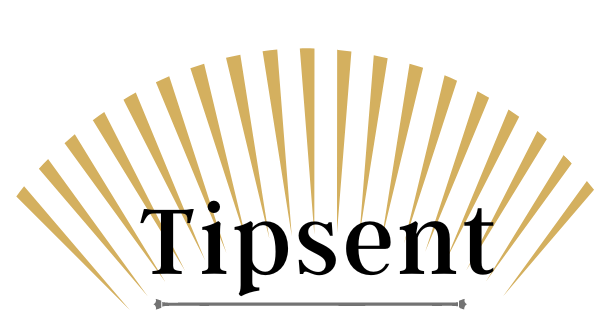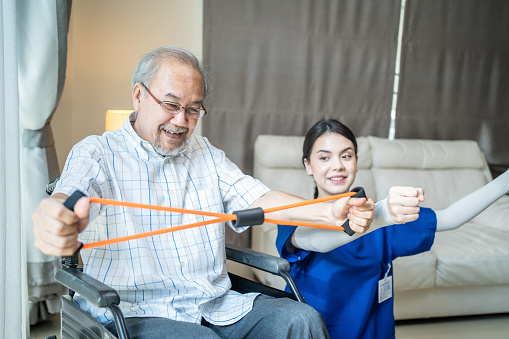Physiotherapists employ various techniques to treat various ailments, including manual therapy that involves massaging joints and muscles. Another treatment method is transcutaneous electrical nerve stimulation (TENS) therapy, which involves applying a low-grade current through electrodes on the skin’s surface. The effect of this treatment is to reduce pain in the affected area temporarily. There are several types of TENS devices, including those that can be self-applied. Other physiotherapy techniques include dry needling, which involves inserting fine needles into specific body points.
Muscle energy technique
Muscle energy technique (MET) is a manual therapy used to treat soft tissues. It helps stretch tight muscles and improve circulation and lymphatic drainage. The technique is often used to reduce pain and improve range of motion. Physiotherapists can use this technique to treat a wide range of different conditions. However, limited studies have been conducted to determine whether it is effective or not.
The technique is an excellent way to treat muscle pain and restore range of motion. The therapist uses precise instruction and application to target a specific area. Ultimately, the goal of the therapy is to produce the desired effect. The technique is most effective when applied to muscles that are limited in their range of motion. For this reason, many athletes use it to prevent further injury. While it is most often used for individuals with facet joint dysfunction, it can also treat chronic muscle pain.
Craniosacral therapy
Craniosacral therapy is an effective way to relax the body and relieve many symptoms associated with stress and tension. Often, clients report a sense of well-being throughout the entire body after the session. This therapy involves gentle touch to the body and aims to restore the natural flow of cerebrospinal fluid.
Craniosacral therapy is beneficial for people with many different health conditions. It can help relieve pain, stiffness, and dysfunction and is also effective for people who suffer from chronic migraines, low back pain, vertigo, and ear infections.
Craniosacral therapy is a light-touch manual therapy that can help improve and maintain overall health. It involves light finger pressure that does not involve forceful thrusts or manipulation of bones. The body’s central nervous system controls nearly every function in the body. By restoring proper fluid flow and balance to this area, people will be able to feel more relaxed, relieve pain, and boost immunity.
Manipulation
Manipulation techniques are safe for most patients, but improper use risks. A physical therapist should perform a full medical examination and subjective history before using manipulative therapy. An erroneous manipulation can lead to unnecessary injury. Fortunately, injuries resulting from improper manipulation are rare.
Physiotherapists use manipulation techniques on a variety of different body parts. These techniques help with musculoskeletal and neurological issues, as well as cardiovascular issues. When used properly, these techniques can lead to significant improvements in pain and improve the way that people move. They also have positive effects on reducing stiffness and joint pain.
ROM exercises
Range of motion exercises (ROM) is a common rehabilitation method for people with various injuries. They help to strengthen and stretch muscles in the back. They can be performed alone or with the help of a physical therapist. They are also beneficial for people with temporary injuries or those who wish to prevent the risk of further injury.
The term ‘full range of motion’ refers to the total range of joint movement, which includes flexion, extension, abduction, and adduction. A joint’s full range of motion is important for maintaining flexibility and mobility. Performing a range of motion exercises is important in preventing injury and maintaining mobility.
ROM exercises can be a key part of rehabilitation after surgery. They can be used to improve range of motion after joint surgery and to prevent contractures or skin pressure ulcers. Using a goniometer can also help determine the extent of joint mobility.
Electrotherapy
Electrotherapy is a non-drug treatment for pain that stimulates muscle contraction and tissue healing. It also stimulates blood circulation. This treatment is safe and effective for many conditions, including chronic pain. Electrotherapy can help patients with a variety of conditions, including muscle atrophy. Although electrotherapy does not eliminate pain, it can help manage it and prevent the need for invasive surgery.
Electrotherapy is often used in conjunction with other treatment methods. It is often used to target specific areas. The benefits of electrotherapy are short-term relief from pain and can last a few days. There is no risk of addiction or side effects, which are common side effects of many painkillers.
Manual therapy
Manual therapy techniques are used to relieve pain and improve mobility in the body. These techniques involve manual pressure and muscle energy. They aim to restore range of motion to an injured area and relieve pain and spasms. The techniques use muscle contractions to relax and lengthen muscles and joints.
Manual therapy techniques are a vital part of treatment for many conditions, from chronic to acute back pain. The choice of technique at ahpphysio.com.au/nundah/depends on the individual practitioner’s experience and training. Some practitioners use specific techniques based on biomechanical principles, while others use a more general approach based on their preferences. Some techniques may be effective in a particular condition, while others may be ineffective or harmful.

